Affiliate links on Android Authority may earn us a commission. Learn more.
Samsung Galaxy S9 and Galaxy S9 Plus problems and how to fix them
Published onJune 10, 2019
Samsung upped its flagship game and kicked off 2018 with the S9 and S9 Plus, what many consider two of the best Android smartphones out there. The company’s latest high-end offerings further refine the already great features of their predecessors, taking elements like the design, display, performance, and photography to a whole new level. However, as good as these devices are, there are unfortunately still a few Galaxy S9 and Galaxy S9 Plus problems users have to contend with.
Related coverage:
Here is a roundup of some of the Samsung Galaxy S9 and Galaxy S9 Plus problems we’re aware of, along with potential solutions on how to fix them!
Problem #1 – Display issues
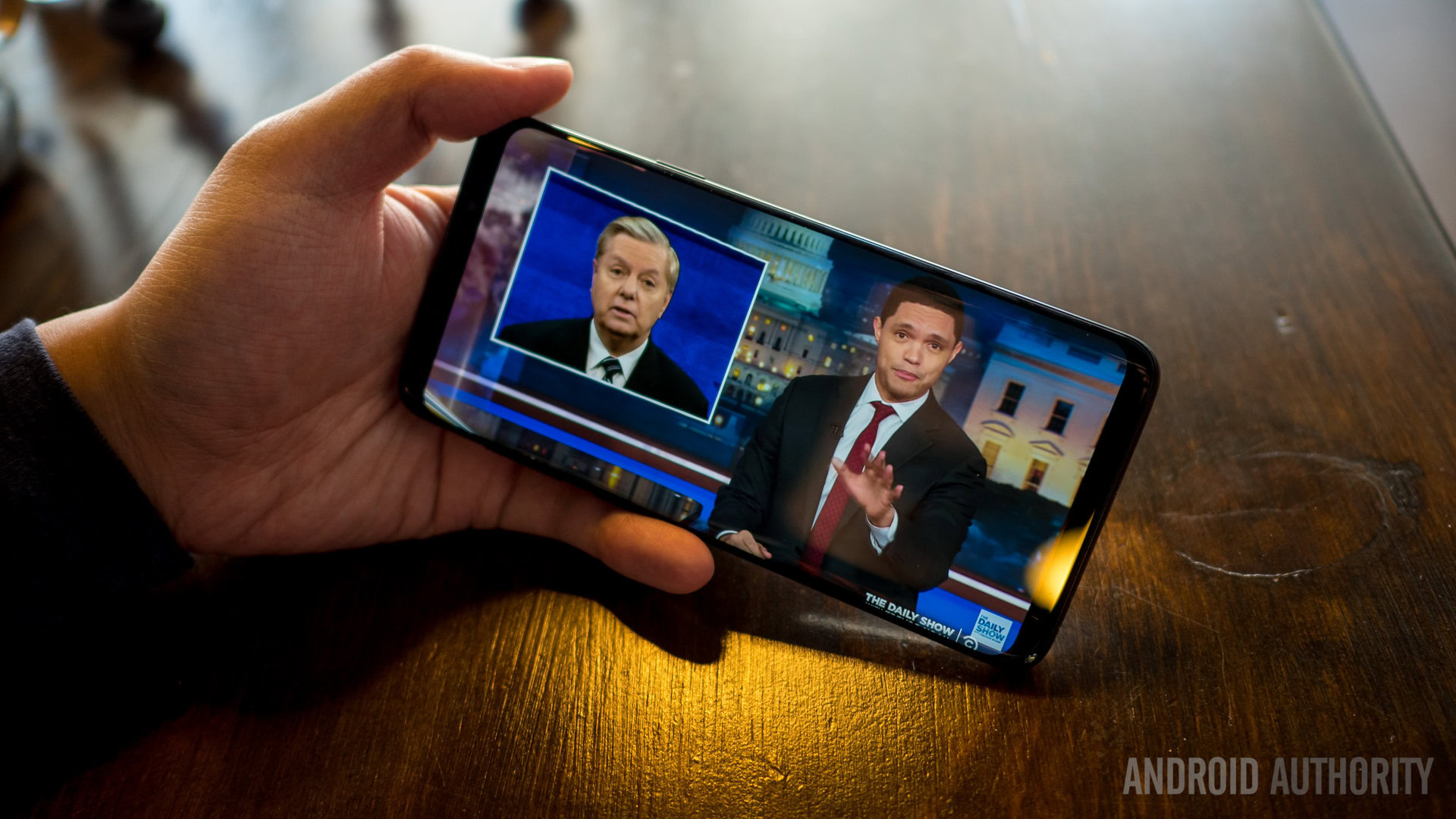
A slew of display issues have cropped up with these devices. They are some of the most common Galaxy S9 and Galaxy S9 Plus problems out there.
Black crush issue
Quite a few users have reported a problem where the display has difficulty revealing details in darker areas of videos, showing blocks of black or pixelated images instead. This issue is mostly seen with the larger Samsung Galaxy S9 Plus and at low brightness levels.
Potential solutions:
- Luckily, a software fix should resolve this issue and will hopefully be rolled out soon.
- Until then, a temporary fix is available by using an app called Screen Balance, which gives you complete control over features like white balance, tint, color filters, and brightness. You can download the app from the Google Play Store here.
Screen brightness automatically adjusts and becomes too dim
Some users have reported that when they unlock the device at night or in a dark environment, the screen automatically becomes dimmer, even though settings like Auto Brightness and Blue Light mode (Night mode) are disabled.
Potential solutions:
- This problem seems to happen to users who have restored the settings and apps from a previous device which had Night mode enabled. Unfortunately, the only way to fix this issue, for now, is to perform a Factory Reset (you can find the instructions on how to do so below). During the setup process, make sure to uncheck “Restore system settings.” You will still be able to restore your apps as you did before.
The display appears to have a yellow tint
A few users have reported seeing a yellow tint on the screen.
Potential solutions:
- You can try changing the color balance by going to Settings > Display > Color Mode and manually adjusting the RGB spectrum until the screen looks better.
- If that doesn’t help and the issue persists, the only option may be to pick up a replacement.
Dead zone on the screen
One of the more widely discussed Galaxy S9 and Galaxy S9 problems so far has been the dead zone on the screen that some users have found. An entire section of the display seems to be unresponsive.
Potential solutions:
- First, check whether you do have a dead zone on the screen or not. Open the Dialer and call *#0*# to launch the hardware diagnostics page. Open the Touch option. Now, swipe your finger across all sections of the screen to check whether an area is unresponsive. If it is, this makes you eligible for a replacement from Samsung.
- In case there isn’t a dead zone, the issue may be related to touch sensitivity, particularly if you have a screen protector in place. Go to the Settings menu and open Advanced Features. Scroll down, find Touch Sensitivity, and enable it.
Problem #2 – Keyboard not working
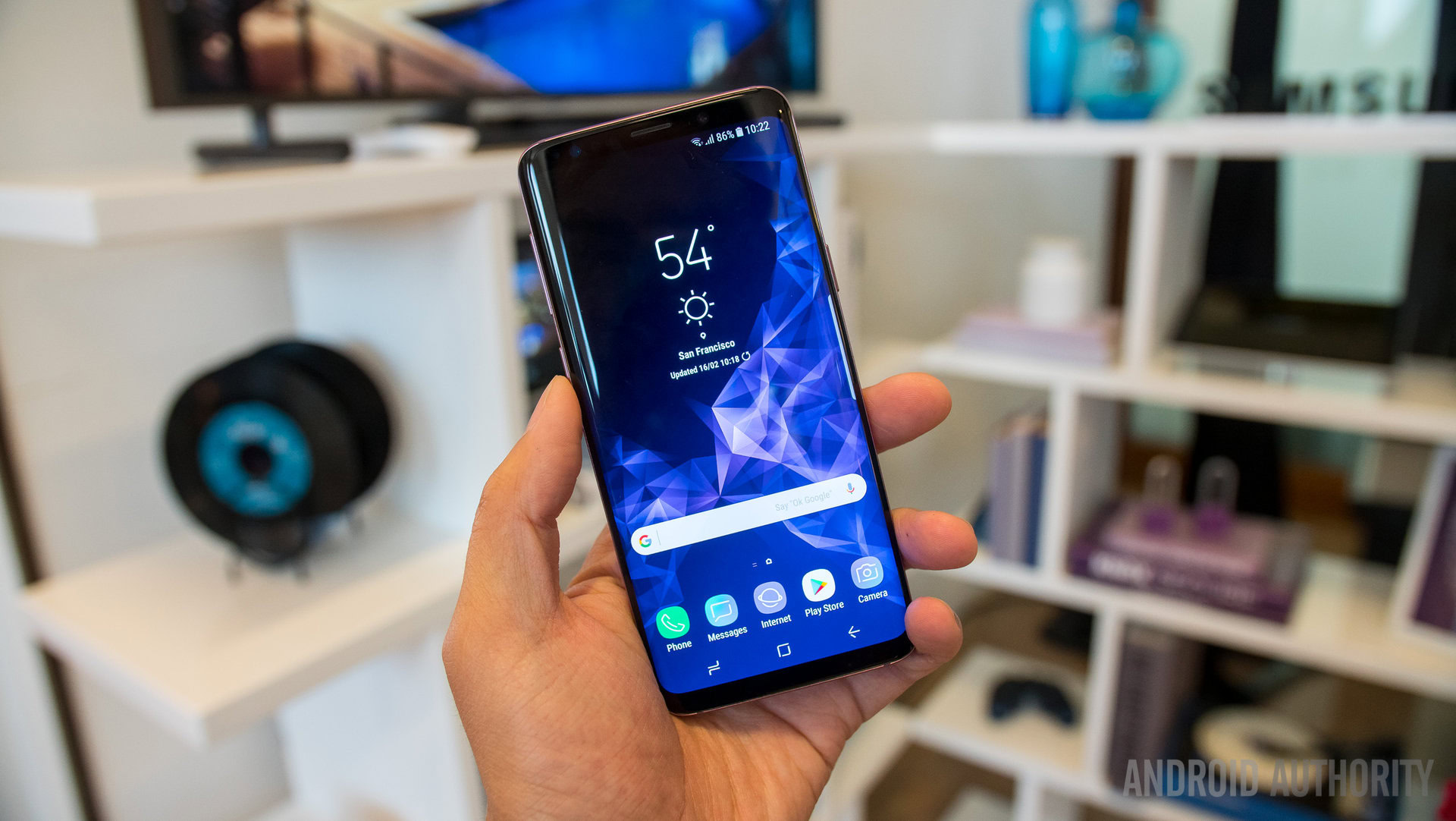
Some users have found that the keyboard doesn’t open as expected when trying to enter your PIN or password to unlock the phone.
Potential solutions:
- Many assume this could be because of the dead zone problem mentioned above. The solution is actually a lot simpler and basically involves enabling a setting that should have been activated by default.
- Go to Settings > Apps and open the Advanced Settings menu by tapping on the three vertical dots at the top right corner. Tap on Show System Settings and scroll down to Samsung Keyboard. Scroll down to Advanced Settings and grant the permission for “Apps that can appear on top.” This should fix the problem. The permission should be allowed by default, but may not be in this case.
- This permission is required even if you install a third-party keyboard.
Problem #3 – Video stutter when recording video in 4K
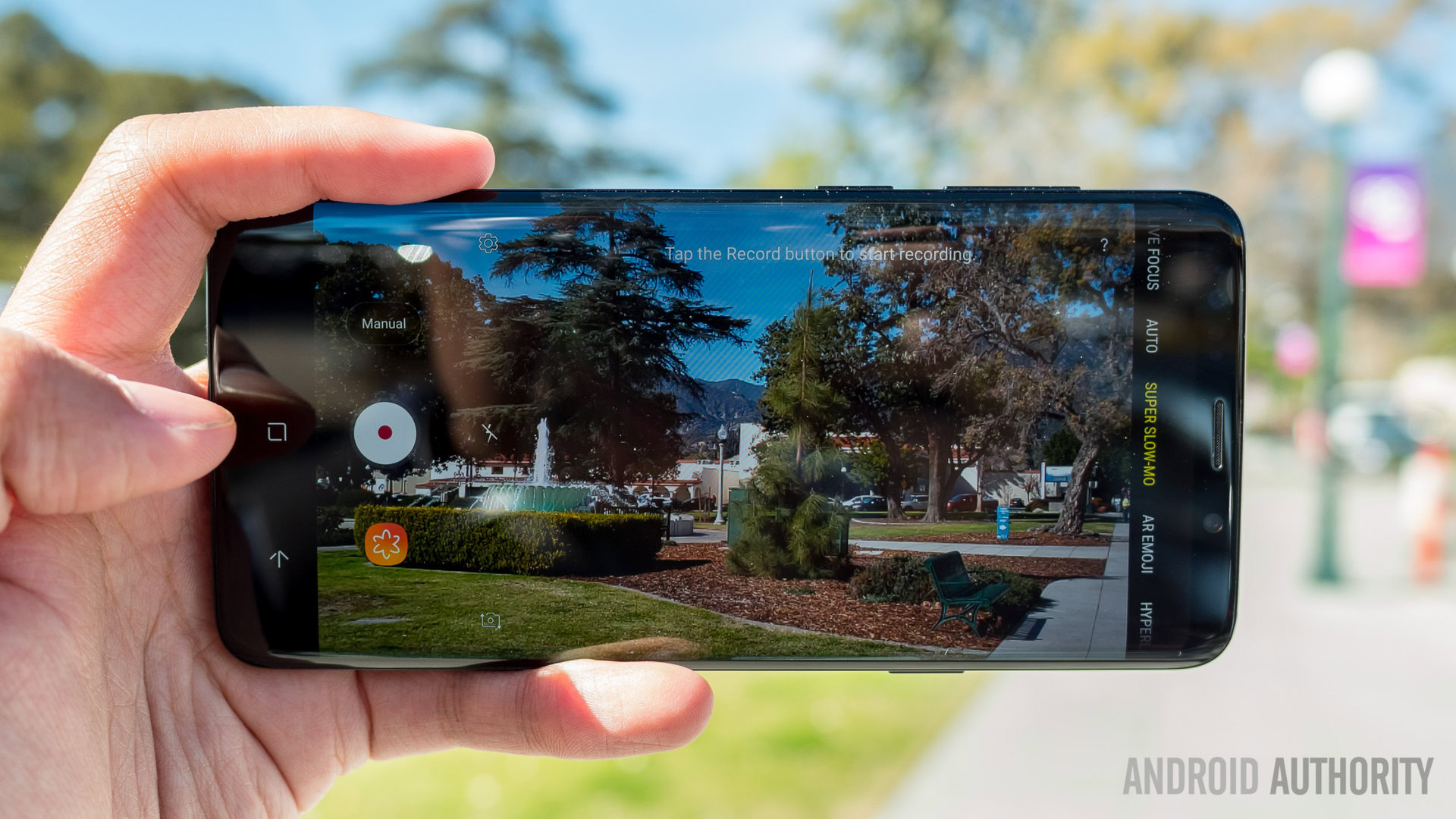
Many users have come across dropped frames and lag or stutter when recording video in 4K. The dropped frames show up in the video playback as well.
Potential solutions:
- This stutter could be because of a slow microSD card. Make sure the microSD card you have allows for a minimum write speed of 30MBps to ensure the recording quality doesn’t suffer.
- Some users have found that disabling electronic image stabilization (EIS) seems to solve the problem. Go to the Camera app and open the Settings menu, where you can disable EIS. You should also enable HEVC (High-Efficiency Video Coding). Since the Galaxy S9 and Galaxy S9 Plus optical image stabilization (OIS), disabling EIS shouldn’t have too much of a negative impact. That said, a software fix should hopefully be available in an upcoming update.
Problem #4 – Notification LED not working as expected
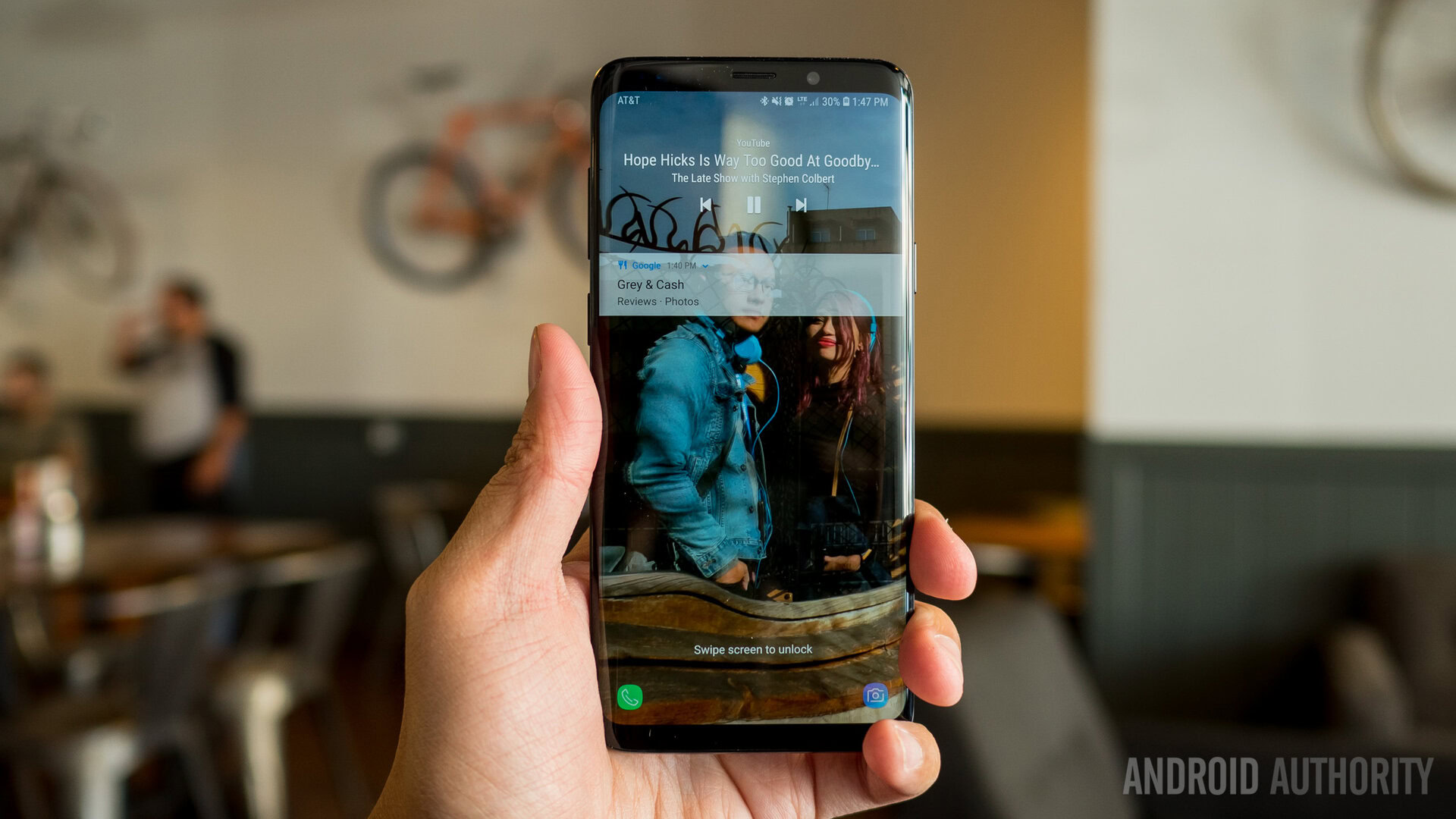
Many users have found that the notification LED doesn’t work as expected. Apps like Whatsapp let you choose unique colors for private and group messages, the LED doesn’t reflect this setting. In some cases, the notification LED shows a standard color regardless of whether you have set up different colors for individual apps. This seems to be one of the more common Galaxy S9 and Galaxy S9 Plus problems that users have faced.
Potential solutions:
- In the case of Whatsapp, go to Settings > Apps and scroll down to Whatsapp. In the Memory section, tap on Clear Cache. Then launch Whatsapp, open the settings menu, and set the LED color to None. Finally, go to Settings (phone settings) > Display, disable the LED indicator and enable it again. Go back to Whatsapp and set the LED color to the one you want and everything should work as expected.
- As far as other apps are concerned, you may have to use a third-party app like Light Flow until a permanent fix is available from Samsung. The Pro version of the app can be found here, but some users have suggested Light Flow Legacy seems to work better with Samsung devices. You can find this version of the app here.
Problem #5 – Edge lighting not working as expected
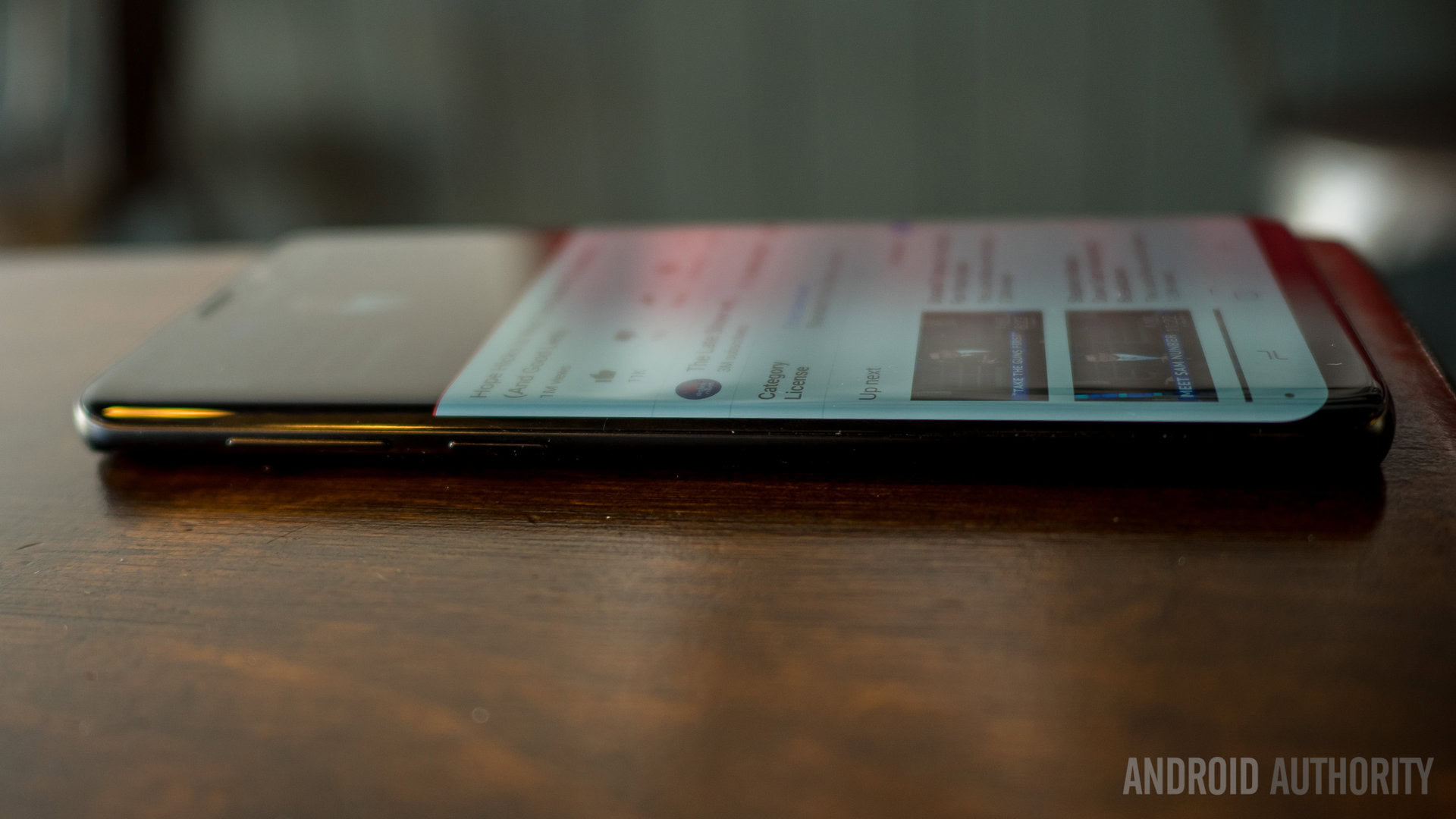
A lot of users have come across a variety of issues with edge lighting. For some, it doesn’t work when the screen is off. For others, Edge lighting seems to work only for the stock SMS app and nothing else.
Potential solutions:
- Some users have found enabling “pop up notifications” for apps like Whatsapp and Snapchat results in Edge lighting working when the screen is off as well.
- For some, the problem seems to be because they have turned off Animation Duration Scale in the Developer Options section in the Settings menu, which is done to improve performance. All you have to do is set this to 0.5x, and Edge lighting works.
- You can try downloading the Edge Lighting app from the Google Play Store here. This app lets you set customized colors for different apps and makes the edge lighting feature work even when the screen is off. However, the results have been mixed. The app has worked perfectly for some users. Others have had issues. Since this is a paid app, that is something to keep in mind before you decide to download it.
Problem #6 – Call recording not working
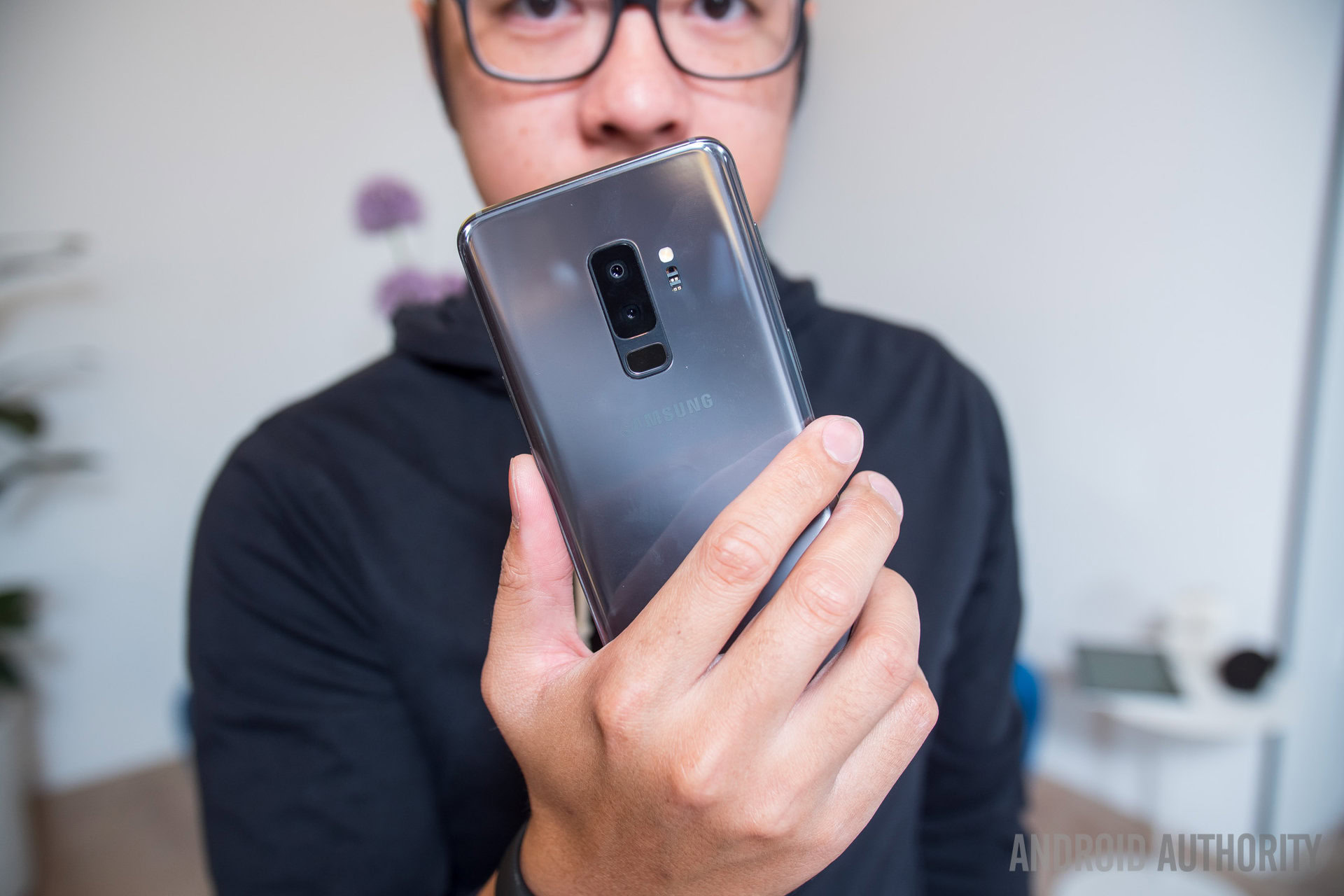
Users have found that call recording doesn’t work anymore, with only one side of the conversation being recorded. This happens regardless of which call recording app you use. This issue affects only the version of the phones powered by the Samsung Exynos processor and not the one with the Qualcomm Snapdragon 845.
Unfortunately, there is no solution or workaround available for this one. Call recording is blocked on the Galaxy S9 and Galaxy S9 Plus in most markets to comply with Google’s security policies and local laws. Some app developers have managed a workaround that allows for one side of the call to be recorded, but that is as far as it will go. Users who depend on call recording may find this one to be one of the biggest Galaxy S9 and Galaxy S9 Plus problems around.
Samsung has started to roll out native call recording in certain markets like Israel, Finland, Russia, and others where call recording is legal. In other markets, you can try using the Call Recorder app by SKVALEX that now seems to support the Galaxy S9 and Galaxy S9 Plus. There is a trial version of the app available so you can check whether it works for you before buying the full version.
Problem #7 – Connectivity issues
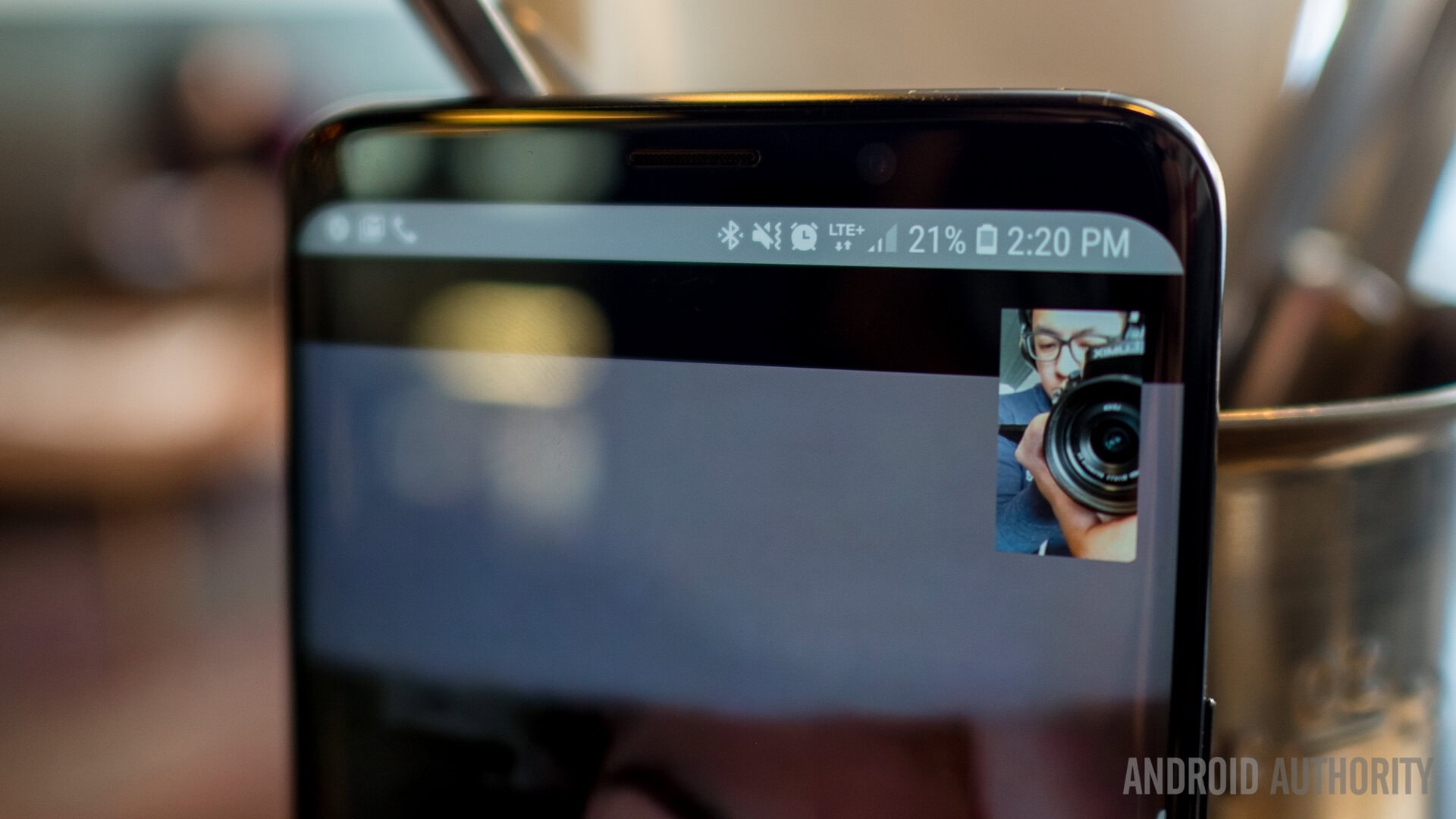
Wi-Fi and Bluetooth issues commonly pop up when you pick up a new smartphone, and there have been reports of Galaxy S9 and Galaxy S9 Plus problems with connectivity as well.
Wi-Fi issues
- Turn the device and the router off for at least ten seconds, then turn them back and retry the connection.
- Go to Settings > Power saving and ensure this option is turned off.
- Use the Wi-Fi Analyzer to check how crowded your channel is, and switch to a better option.
- Forget the Wi-Fi connection by going to Settings > Wi-Fi and long tapping the connection you want, then selecting “Forget”. Re-enter the details and try again.
- Make sure the router firmware is up to date.
- Make sure the applications and software on the device are up to date.
- Go to Wi-Fi > Settings > Advanced and make a note of your device MAC address, then make sure it is allowed access in the router’s MAC filter.
- Some users have found disabling the Hotspot 2.0 feature seems to fix a lot of issues with Wi-Fi.
Bluetooth issues
- Check the manufacturer’s manual for the device and the car and reset your connections.
- Ensure you are not missing a vital part of the connection process.
- Go to Settings > Bluetooth and ensure nothing needs changing
- Go to Settings > Bluetooth and delete all prior pairings and try setting them up again from scratch.
Problem #8 – Calls are being rejected automatically
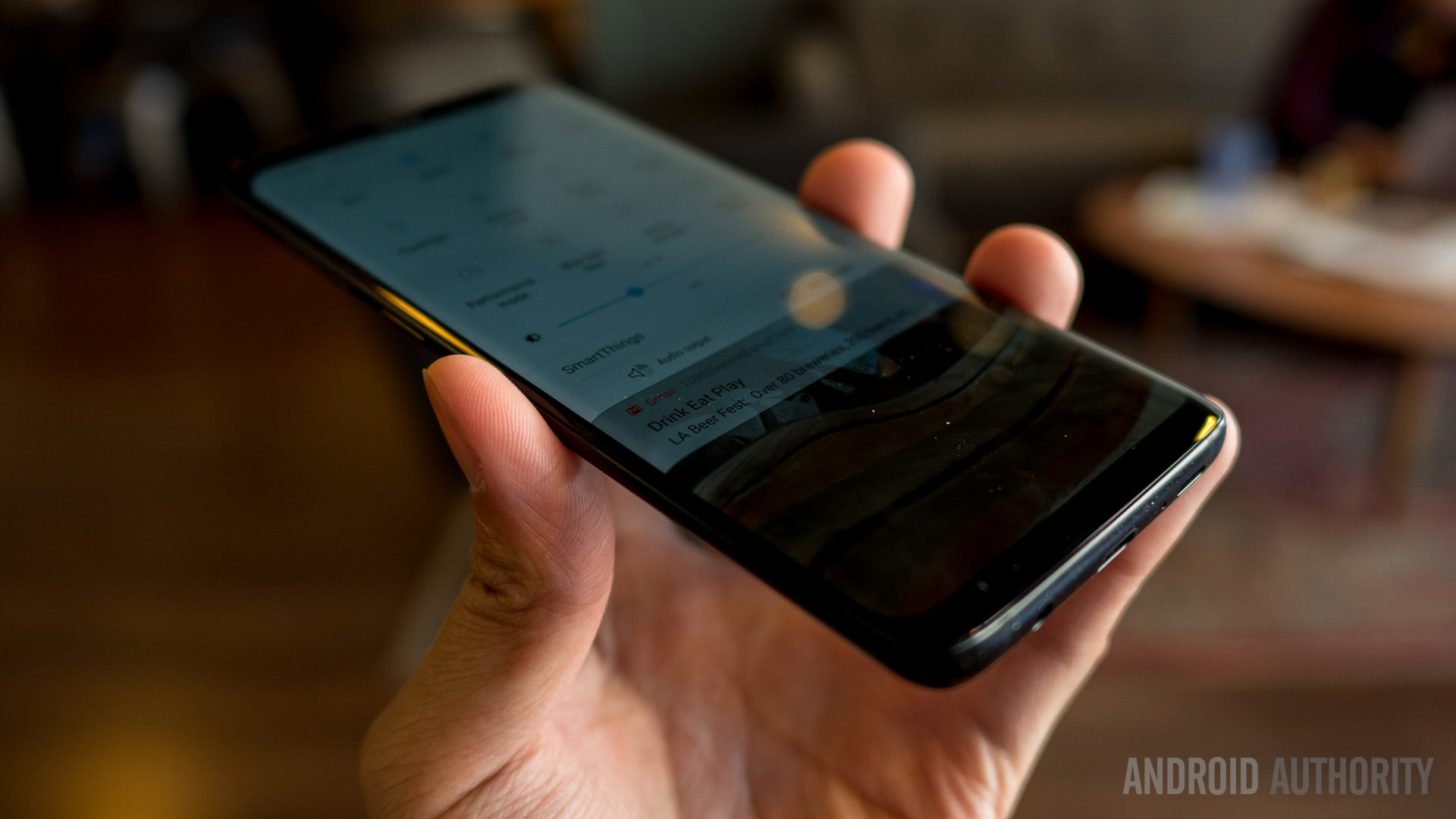
Some users have found that the calls that they receive are being rejected automatically, with a reject call message (“Sorry, can’t talk right now. Call back later.”) being sent. While the main issue is obviously the call rejection, users who have paid or limited messaging plans have cause for worry as well.
Potential solutions:
- For some users, disabling Easy Mute seems to do the trick. Go to Settings > Advanced Features and disable it. If you find the setting already off, toggle it on and then turn it off again.
- For the most part, this problem seems to be related to Edge Lighting. Go to Settings > Display > Edge Screen > Edge Lighting, tap on the three vertical dots at the top right corner, and open Quick Reply. You can turn this feature off until a more permanent fix in place. The ability to disable the setting has been released with a recent update. If you don’t see this option yet, the only workaround to this issue is to disable Edge Lighting entirely.
Problem #9 – Static or crackling noise through the speaker
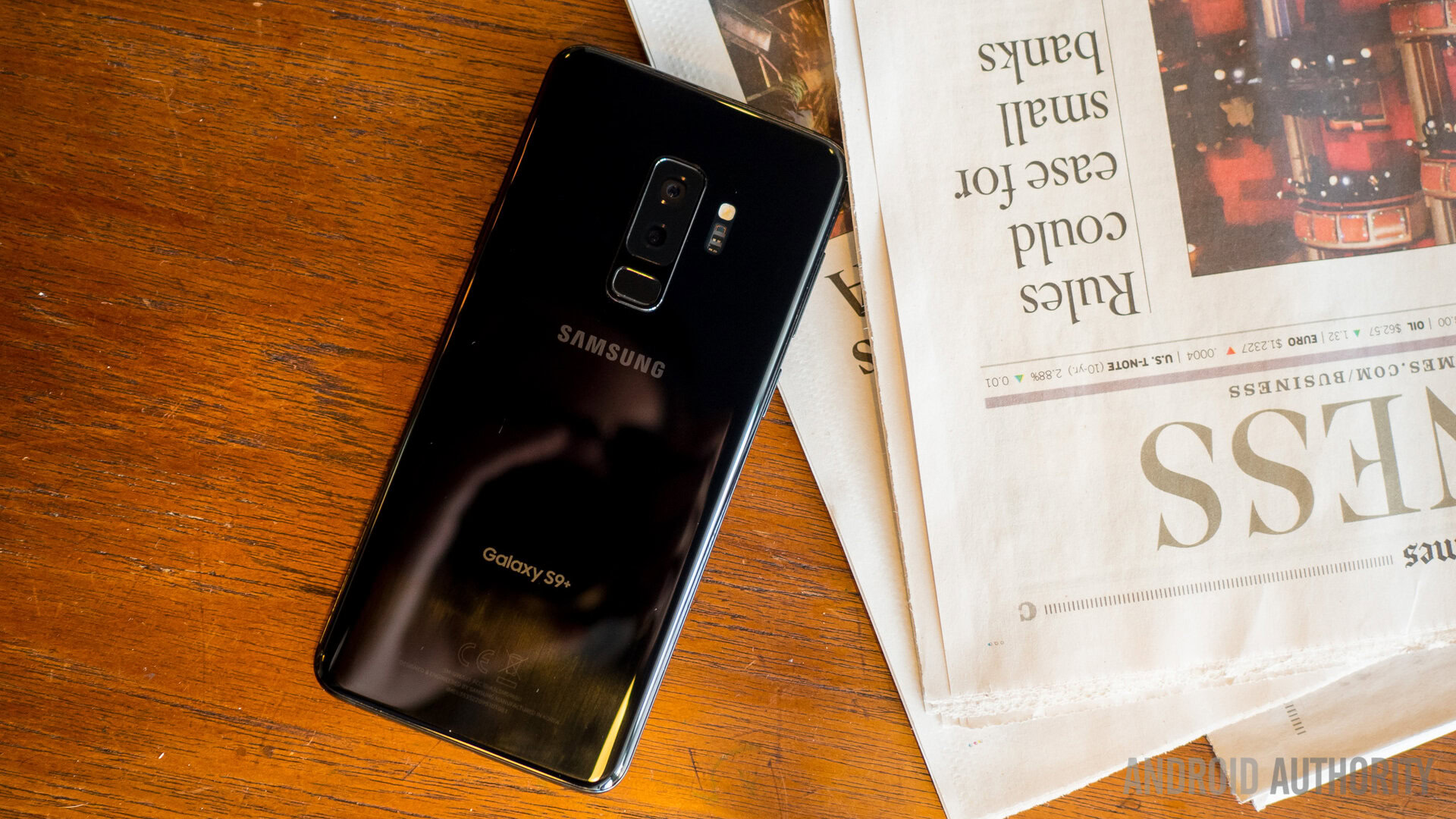
Some users are facing an issue with the speaker of their device. Users hear a static or cracking noise when watching videos, listening to music, or playing games.
Potential solutions:
- You can first check and confirm that the issue isn’t hardware related. Dial *#0*# to open the hardware test menu. Look for the “speaker” option and run the test. If this is a hardware problem, you’re only option will be to pick up a replacement. If the code mentioned doesn’t work, you can also try dialing *#7353#.
- Some users have found that the problem seems to be related to the Dolby Atmos feature and turning it off clears up the static noise. Go to Settings > Sound and vibration > Sound quality and effects. Disable the Dolby Atmos setting and see if the problem goes away.
Problem #10 – Problems where the only option is to wait for a software update
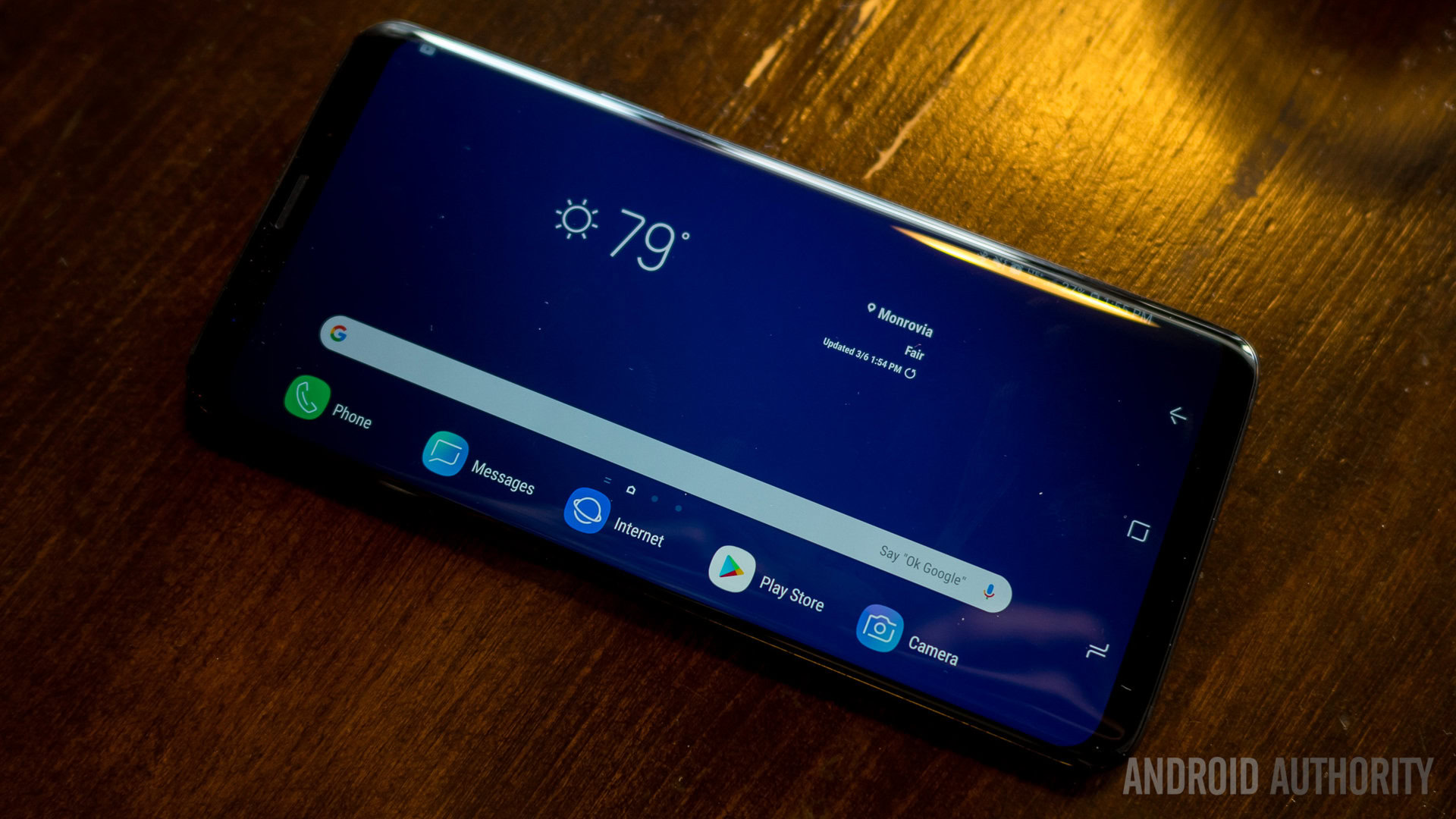
There are some Galaxy S9 and Galaxy S9 Plus problems where there aren’t any solutions available yet, and the only option, for now, is to wait for an official software fix from Samsung or the creator of the app facing or causing issues.
- Notification volume too low: Many users have found the volume of notification alerts are extremely low. This is likely a software issue and will hopefully be fixed in a future update.
- Call drops: One of the seemingly major Galaxy S9 and Galaxy S9 Plus problems is with regards to call drops or silent patches when on a call. Quite a few users have come across this issue and it doesn’t seem to be a problem with the SIM card or cellular network connectivity. Samsung has included call stability improvements with the last couple of updates. While things have improved for some users with every update, it hasn’t completely gone away yet.
- NFC issues: Some users have found that NFC automatically turns off and cannot be enabled again when the device battery drops to below 70%.
Samsung Galaxy S9 and S9 Plus guides – soft reset, hard reset, boot into Safe Mode, wipe cache partition
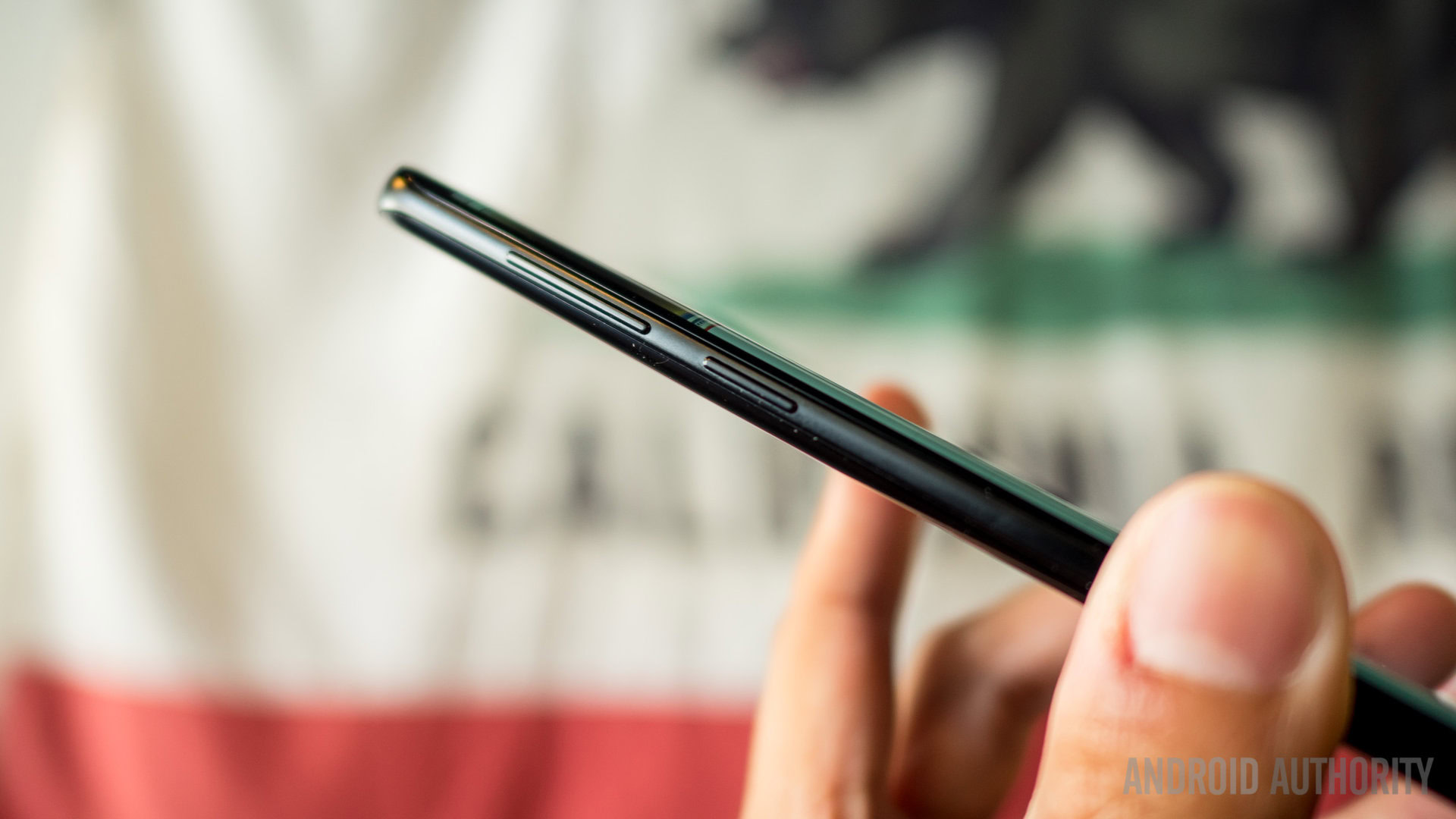
Soft Reset
- Press and hold the power button and volume down key simultaneously for about 10 seconds until the device powers off. This works when the screen is unresponsive.
Hard Reset
- With the device turned off, press and hold the volume up key, Bixby button, and power button simultaneously.
- When the Samsung logo appears, release the power button, but continue to hold the volume up and Bixby buttons.
- When the Android system recovery screen appears, release all buttons.
- Use the volume down button to toggle the selection to “wipe data/factory reset,” then press the power button to accept it.
- Use the volume down button to toggle the selection to “Yes — delete all user data,” then press the power button.
- Wait for the reset to finish. You will eventually be prompted to “Reboot system now.” Press the power button to continue.
- If the phone is on, go to Settings > Backup & reset > Reset device > Erase Everything.
Wipe cache partition
- With the device turned off, press and hold the volume up key, Bixby button, and power button simultaneously.
- When the Samsung logo appears, release the power button, but continue to hold the volume up and home buttons.
- When the Android system recovery screen appears, release all buttons.
- Use the volume down button to toggle the selection to “wipe cache partition,” then press the power button to accept it.
- When the previous menu returns, go up and select “Reboot system now.”
Boot in Safe Mode
- When the device is turned off, turn the device on again and press and hold the volume down button until a “Safe Mode” button shows up. Tap that button to boot your device in Safe Mode.
Don’t let this list of issues deter you from buying these fantastic smartphones. A lot of the problems are software related, and will hopefully be addressed in upcoming updates.
If you have come across any other Galaxy S9 and Galaxy S9 problems, let us know in the comments section below. We’ll do our best to find a workaround for you.